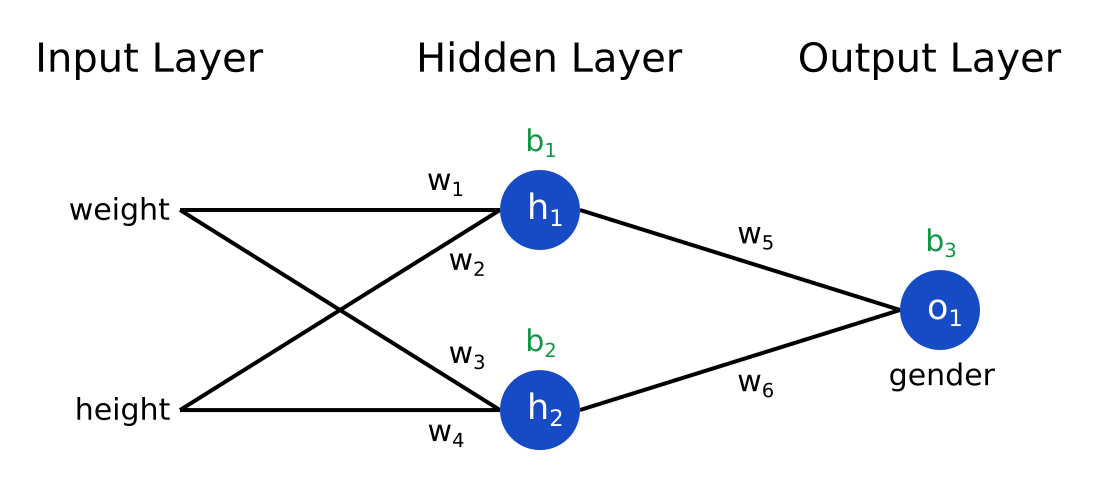AI is More Than Just ChatGPT: Understanding the Basics of AI, ML, Neural Networks, and Deep Learning
Artificial Intelligence (AI) is revolutionizing the way we live, work, and interact with the world. While popular AI applications like ChatGPT dominate the headlines, there’s so much more to the AI landscape! To truly grasp AI’s potential, it’s important to understand its key components — Artificial Intelligence, Machine Learning, Neural Networks, and Deep Learning.
AI
AI is the broadest term under which all the other concepts fall. It refers to machines or software capable of mimicking human intelligence. This includes recognizing images, understanding language (think Siri or Alexa), solving complex problems, and making decisions. AI encompasses a wide range of tasks that normally require human intelligence.
Examples of AI include:
- Siri and Alexa for language understanding
- Self-driving cars for decision-making
Machine Learning (ML)
Machine Learning is a subset of AI that focuses on teaching computers to learn from data. Unlike traditional programming, where humans write every rule, ML models automatically improve their performance over time by learning from the data they process. They can make decisions or predictions without being explicitly programmed for every task.
Key ML algorithms include:
- Linear Regression
- Random Forest
Neural Networks
Neural Networks form the backbone of many advanced AI applications. These networks are inspired by the way the human brain processes information. Neural networks consist of layers of “neurons” (nodes) that are connected and work together to process and analyze data. They excel at complex tasks like recognizing objects in images or understanding spoken language.
Examples of neural networks include:
- Convolutional Neural Networks (CNNs)
- Recurrent Neural Networks (RNNs)

Deep Learning
Deep Learning is a specialized subset of Neural Networks. These networks are “deep” because they contain many layers of neurons, which allows them to tackle more sophisticated tasks. Deep Learning has enabled dramatic advancements in AI — such as autonomous vehicles, realistic fake image generation (using GANs), and machine translation (like Google Translate).
Popular Deep Learning models include:
- Generative Adversarial Networks (GANs)
- Transformer
By understanding these core concepts — AI, Machine Learning, Neural Networks, and Deep Learning — you’re better equipped to navigate the rapidly evolving landscape of artificial intelligence. Whether you’re developing cutting-edge AI systems or simply curious about the technology shaping our future, these terms will help you stay ahead of the curve.
Let’s keep learning and growing in this exciting journey together! 😎
Feel free to share, comment, and explore more about AI. If you’d like your AI Product to be featured, feel free to contact us on our Linkedin page. Follow our official Instagram, TikTok and YouTube for daily AI content.
It is now open to all startups and builders to register their AI App/Project for free! https://genai.works/sign-up. Read TOP AI News and find useful cheat sheets in our Generative AI Daily Newsletter.
Quick Facts: 4.7+M Followers | 2.2M+ Newsletter Subscribers. Largest and fastest growing AI community on Linked’In founded and backed by AI experts in the industry.




















